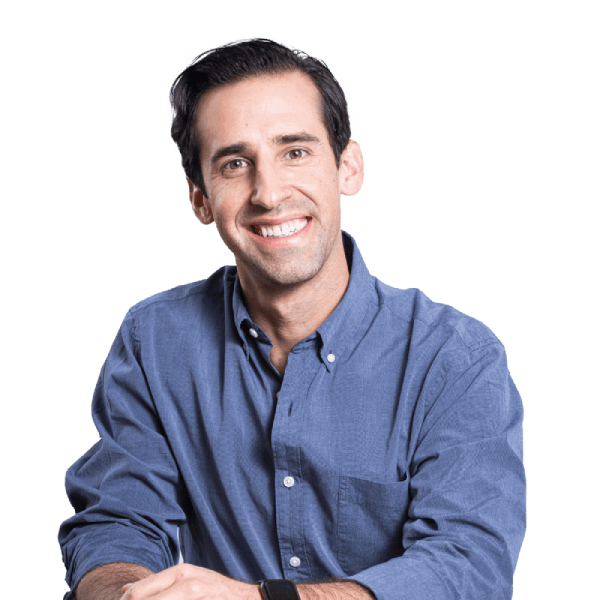The Business Finance Bootcamp
Learn 10x faster with these 6 concise & practical finance courses!
How to Read Financial Statements
Experience the first finance course that comes with an artificial intelligence tutor to quiz you and answer your questions!
Understand the financial health of any business by learning to read and analyze financial statements. In this course we take you line-by-line through Apple’s actual financial statements and explain every concept with simple terms, examples, animations.
01 Income Statement: Above the Line
Understand the revenue and cost of “ingredients” that go into creating and delivering products to determine how much money is left over to pay for business operations.
03 Income Statement: Simple Analysis
By the end of this lesson, you will understand a company’s operations just by looking at the income statement.
05 Balance Sheet: Liabilities
Understand how much the business owes to other people.
07 Balance Sheet: Assets
Discover how all the capital is being put to use to run the business.
09 Financial Ratios
Now you know how to read financial statements! Congrats! But to unlock their power, you have to put the numbers into context.
How to Build a Business Budget
Follow along as we take you step-by-step through the budget-making process for a local pizza restaurant. Learn the basics of building a detailed business budget in Excel or Google Sheets just like the pros!
01 Introduction
03 Top Down: Estimating Revenue
05 Top Down: Estimating Operating Expenses
07 Bottom Up: Estimating Cost of Goods Sold
09 The Variance Report
How to Value a Business or Investment
Learn how to determine if an investment in your business will be profitable and use those same concepts to value an entire business.
01 Introduction to Valuation
03 The Building Blocks of Valuation
05 Valuing a Business Using Discounted Cash Flow (DCF)
07 Valuing a Business Using Comparables
09 Executive Interview: Disney’s Acquisition of Pixar
Build a Valuation Model in Excel
Learn to build a model in excel, step by step, to determine the financial viability of a project or the value of a business.
01 Introduction
03 Build an NPV Model – Net Present Value
Understanding Equity Ownership with Cap Tables
Learn how companies keep track of shareholder equity using cap tables. In this course we walk you through building a cap table for a startup, editing it for multiple rounds of financing and forecasting potential payout scenarios for all shareholders.
01 Introduction
03 Founders’ Round & Initial Employees
05 Raising a “Series A” Round
Building an Operating Model in Excel
Learn how to build a dynamic financial operating model in Excel from scratch just like the investment bankers do it. We make it super simple by taking you step by step through each line using the example of a lemonade stand.
01 Introduction
03 Revenue and COGS Assumptions
05 The Income Statement Part 2
07 The Statement of Cash Flows
What Our Students Are Saying

“Presentation of the information was very good and easy to follow.”
– CLAYTON J, BELLEVILLE, MI

“You make budgeting so easy!”
– JEN S, DRIPPING SPRINGS, TX

“I really enjoyed how you included Joe’s Pizza, I found it helpful having that as an example. I also found it beneficial that you did step by step explanations in excel and included ways to do keyboard shortcuts.”
– BLEUE S

“I didn’t know how a budget worked, it was always an elephant in the room. But thankfully after going through this course I am pumped to create my first budget!”
– IDRIS B, BUSINESS OWNER

“I think this gave a simple and concise way to build a budget with a template that helps guide and make a good visual presentation.”
– JACQUELINE M, AVP OF FINANCE, HR & OPERATIONS
What You Get
- Entertainment. Fun courses that feel like watching a TV show
- Q&A chat. Our Ai teaching assistant will quiz you and answer your specific questions
- Anytime, Anywhere. Watch on your own time and as many times as you want.
- Retain the info. Quizzes and cheat sheets to reinforce what you learn
Meet Your Instructors

Elaine Paul
CFO, Lyft
CFO, Hulu







